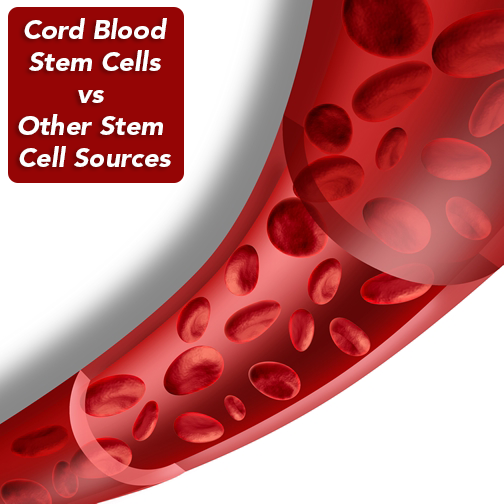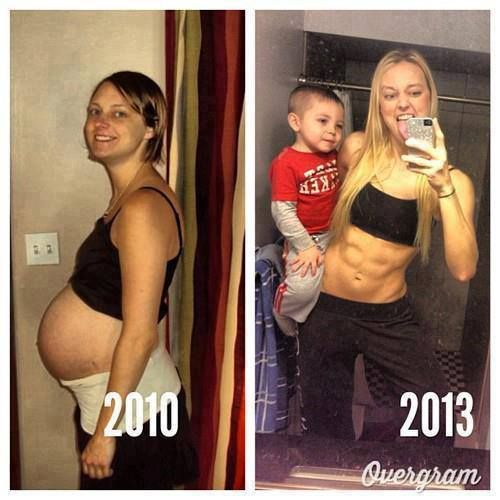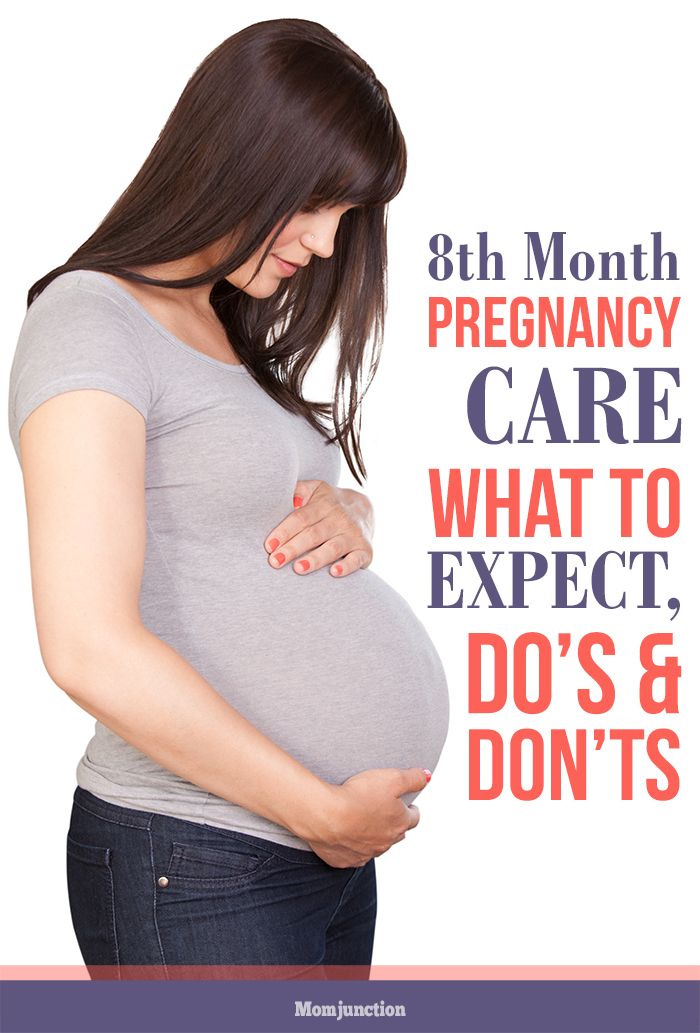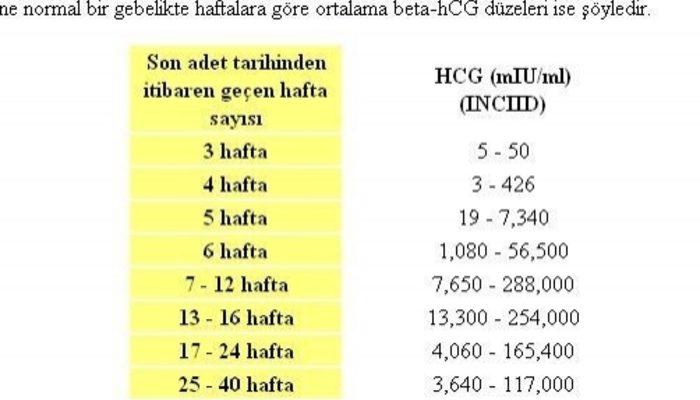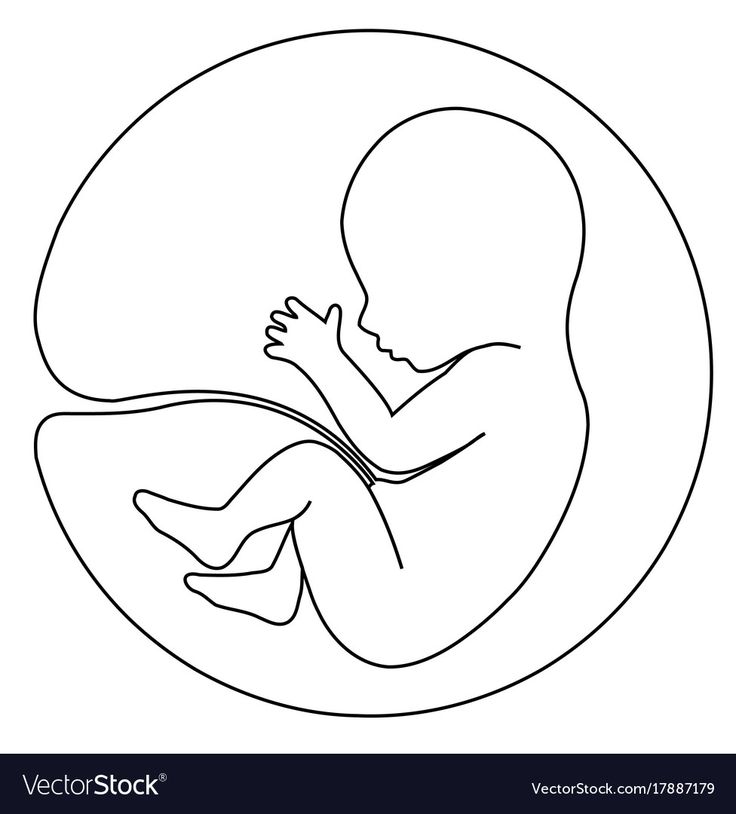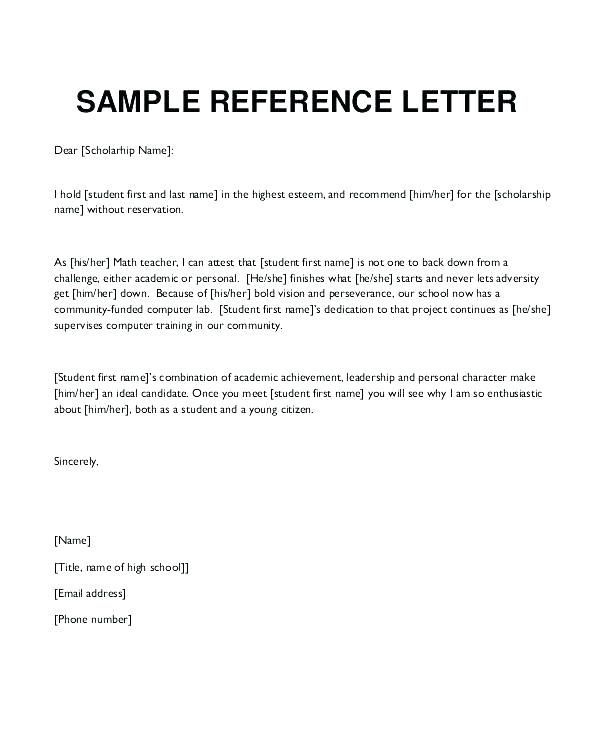Bank umbilical cord
Purpose, Procedure & What To Expect
Overview
What is cord blood banking?
Cord blood banking is when your baby's umbilical cord blood is collected and stored after delivery. Cord blood is what's left inside your baby's umbilical cord after it's cut. Your baby's umbilical cord is clamped and cut shortly after birth. The umbilical cord connects your baby to the placenta. The placenta grows in your womb (uterus) and supplies your baby with food and oxygen.
Umbilical cord blood is rich in stem cells. Stem cells are valuable because they help treat many life-threatening diseases. For most healthy people, making stem cells isn't a problem. Unfortunately, some people don't make enough healthy stem cells due to a severe medical condition or disease. The stem cells from cord blood can be lifesaving for these people. Cord blood banks exist to collect and store these stem cells. Healthcare providers use cord blood stem cells for transplants in sick people or for medical research.
Cord blood banking is entirely optional. Some people choose to collect and store their baby's cord blood, and others do not. If you do not donate or store your baby's cord blood, it's thrown away with the placenta. Your healthcare provider will typically provide information about cord blood banking during a prenatal visit.
What is cord blood?
Cord blood is the blood left inside your baby's umbilical cord after delivery. It's similar to regular blood and contains red and white blood cells, platelets and plasma. It also contains a special type of stem cell found in bone marrow that can help strengthen the immune system. These cells are unique because they can mature or grow into different types of blood cells. Their ability to morph into other cells makes them valuable.
Stem cells help treat several diseases like leukemia, genetic disorders, diseases of the immune system and much more. Researchers have found cord blood is effective in treating up to 80 diseases.
What is cord blood banking used for?
Cord blood contains potentially lifesaving stem cells. People who need stem cell transplants benefit from your baby's cord blood. Once stem cells are transplanted into those individuals, they help make new, healthy cells. Stem cell transplants help people with:
- Cancers like leukemia and lymphoma.
- Bone marrow diseases requiring a transplant.
- Anemia like sickle cell disease.
- Certain immune system disorders.
Researchers are studying cord blood to see how it can help treat other life-threatening conditions like Parkinson's disease and diabetes.
How do they find a match for stem cells from cord blood?
Cord blood banks analyze and process the cord blood it receives. It assigns the blood certain characteristics. Everyone's blood and cells can be assigned characteristics. For stem cells to treat a disease, the characteristics from donated stem cells and the person receiving the stem cells needs to match.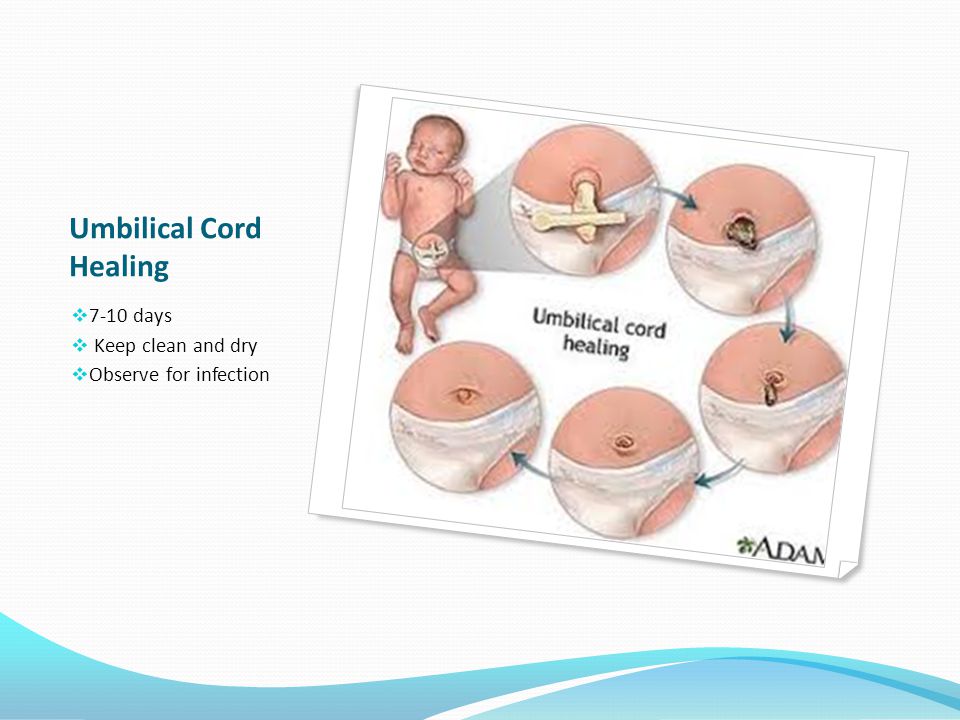 A match means these characteristics are similar. When a match is made, donated stem cells can help a sick person's immune system fight diseases.
A match means these characteristics are similar. When a match is made, donated stem cells can help a sick person's immune system fight diseases.
If you decide to bank cord blood, the blood is processed and tested. It's then categorized so that the cord blood bank can find the best match when a sick person needs it.
What are the types of umbilical cord blood banking I can do?
There are two types of cord blood banks: public cord blood banks and private (or family) cord blood banks. They are different in a few ways.
Public cord blood banking
Think of public cord blood banks as large donation centers. You are giving away your baby's cord blood so it can be used to help save a stranger's life. Most healthcare providers encourage you to donate your cord blood to a public bank because it helps others at no risk to you. Thousands of people seek stem cell donations each year. The stem cells in public banks can be used by anyone who matches.
Some details about public cord blood banks include:
- It's free if your hospital is trained to collect cord blood and works with a public cord blood bank.

- The cord blood is donated to someone who needs it or for medical research.
- The Food and Drug Administration (FDA) regulates all public cord blood banks to ensure it's collected and stored according to certain safety standards.
- It's anonymous. No one knows the cord blood is from your baby.
- There are eligibility requirements, so not everyone can donate.
Private cord blood banking
You can store your baby's cord blood in a private blood bank. This ensures that only your family can use it. Private blood banks are helpful for families with a history of health conditions that can be treated with stem cells. It's also beneficial if you have a family member currently needing a stem cell transplant.
Other details about public cord blood banks include:
- You’ll pay an initial collection fee and then annual storage fees. Initial collection fees can cost thousands of dollars. Annual storage fees can cost several hundred dollars.
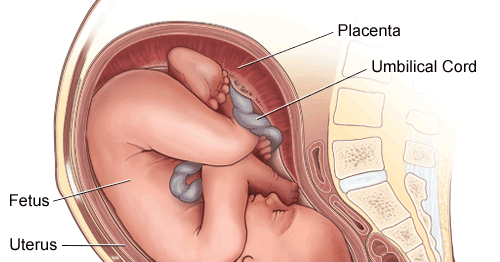
- You own your cord blood. Only your family can use it.
- The chances of needing to use cord blood are very low. In fact, your child usually can't use their own cord blood.
- The FDA doesn't regulate private cord blood banks.
Some people think private storage offers them protection for if their baby were to get sick. Unfortunately, this is usually not the case. The chances that your child can use their own cord blood is quite low. Most healthcare providers only encourage storing your baby's cord blood with a private bank if a sibling with a congenital condition could benefit from stem cells. Because your chances of ever needing this cord blood are small, most privately-banked cord blood gets thrown away.
Procedure Details
When do I need to decide about cord blood banking?
Every hospital is different, but you should decide before 34 weeks of pregnancy. Not every hospital has cord blood collection kits available and some cord blood banks have to send kits to the hospital each time.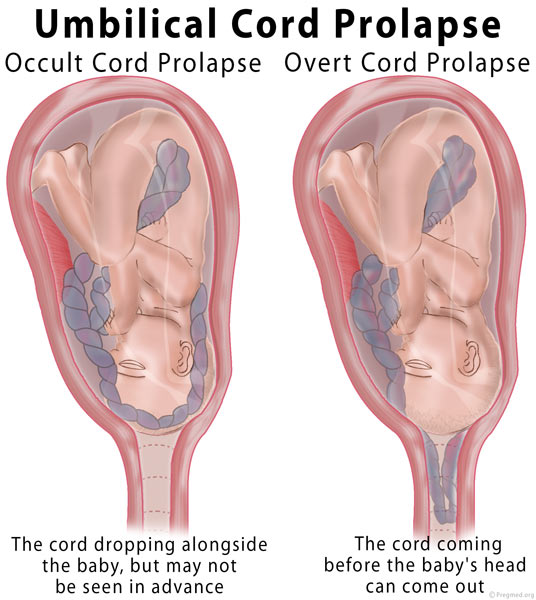 You will also need to fill out a consent form before collection and answer several questions about your health history. Additionally, private banks will ask you to pay the collection fee before your baby is born.
You will also need to fill out a consent form before collection and answer several questions about your health history. Additionally, private banks will ask you to pay the collection fee before your baby is born.
How is cord blood collected?
If you decide to store your baby's cord blood, your healthcare provider will collect it right after they clamp and cut the umbilical cord. A needle is inserted into the cord to extract the blood. The blood is then put into a collection bag. The cord blood collection process is harmless and safe for both you and your baby. The entire process takes just a few minutes. Your provider sends it to the cord blood bank for you.
How is cord blood stored?
Your healthcare provider sends the cord blood to the cord blood bank for you. The blood is processed and typed. It's also screened for diseases or other disorders to make sure it's safe to use. If the blood is acceptable for use, it's cryogenically frozen. Then, the cord blood bank stores it until they find a suitable match.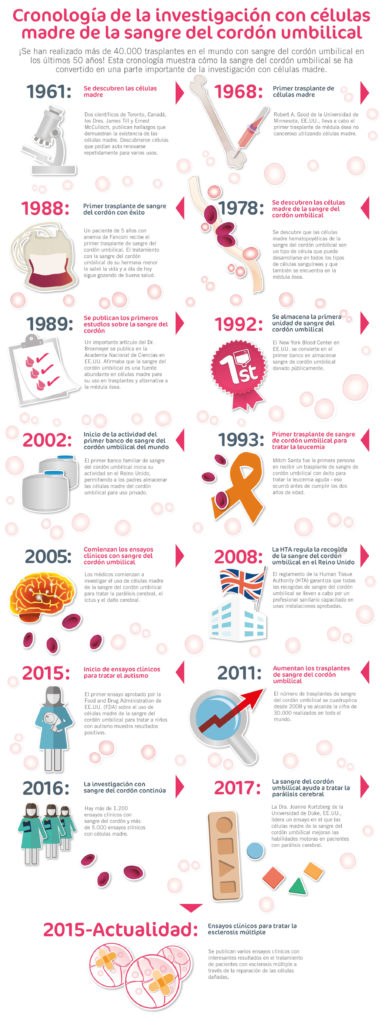
Is cord blood banking free?
It's free only if you are banking your cord blood at a public bank. Unfortunately, not every hospital collects cord blood for public banks. And even then, there's no guarantee it's absolutely free. Check with your healthcare provider to ensure they can collect cord blood at no cost to you.
Risks / Benefits
Why should I bank umbilical cord blood?
There are several advantages of banking cord blood. The most common reasons parents choose cord banking are:
- Your baby's cord blood could be used by someone who needs a stem cell transplant to save their life.
- Private blood banking can help someone in your family if they need a stem cell transplant.
- Banking cord blood doesn't affect you or your baby at all.
- It doesn't impact labor or delivery.
- Umbilical cord blood gets thrown away. There's no risk or harm in giving it to a public cord blood bank.
Donating to a public bank can help others.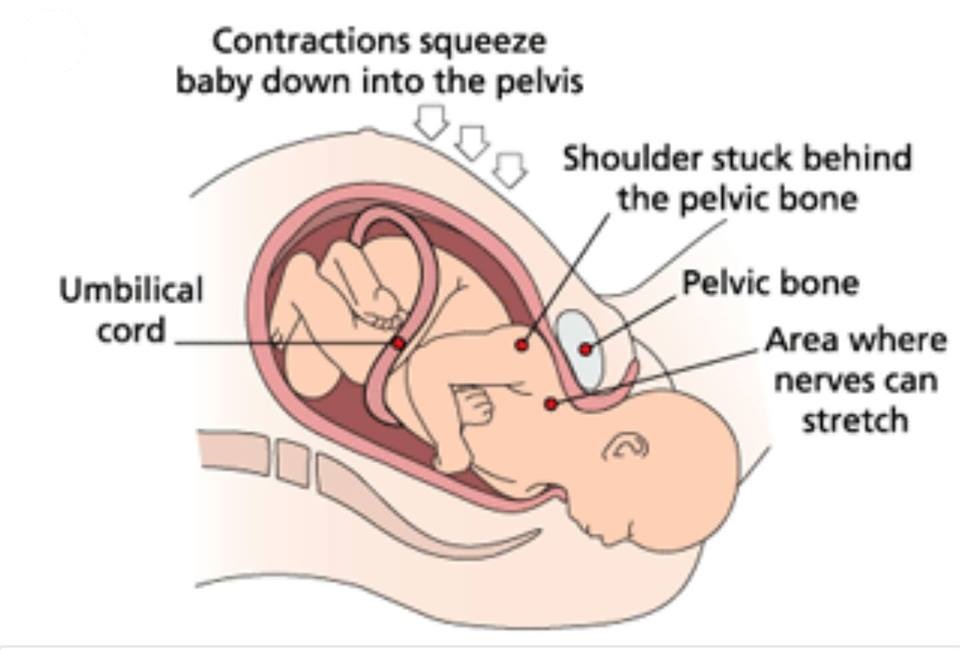 It increases the chances someone can find a match when they need it. Only certain hospitals can collect blood for public cord blood banks, so check with your provider to be sure.
It increases the chances someone can find a match when they need it. Only certain hospitals can collect blood for public cord blood banks, so check with your provider to be sure.
If you decide to store your cord blood at a private bank, make sure you know all the costs associated with it. Private cord blood banking is useful if your baby has a biological sibling or family member that could benefit from cord blood. In most instances, your baby can’t use their own cord blood.
Can anyone donate cord blood?
No, there are restrictions on who can donate cord blood. The Health Resources and Services Administration (HRSA) has a list of criteria that determines eligibility. You will submit information such as your age, known medical conditions and much more. Cord blood banks use these answers to determine if your baby's cord blood can be accepted. Some of the questions include:
- Are you older than 18?
- Are you having only one baby?
- Are you related to your birth partner?
- Does your baby have any congenital disorders that you're aware of?
- In the last 12 months, have you had tattoos or piercings where shared or non-sterile inks, needles or instruments were used?
- In the last 12 months, have you needed blood cell or transfusion support?
- Have you been exposed to hepatitis B or hepatitis C, human immunodeficiency virus (HIV) or tuberculosis?
- Have you used a needle to take a drug not prescribed by a physician in the last 12 months?
- Have you had chemotherapy?
Recovery and Outlook
Is my delivery affected by donating my baby's cord blood?
No, your delivery isn't affected by donating cord blood in any way.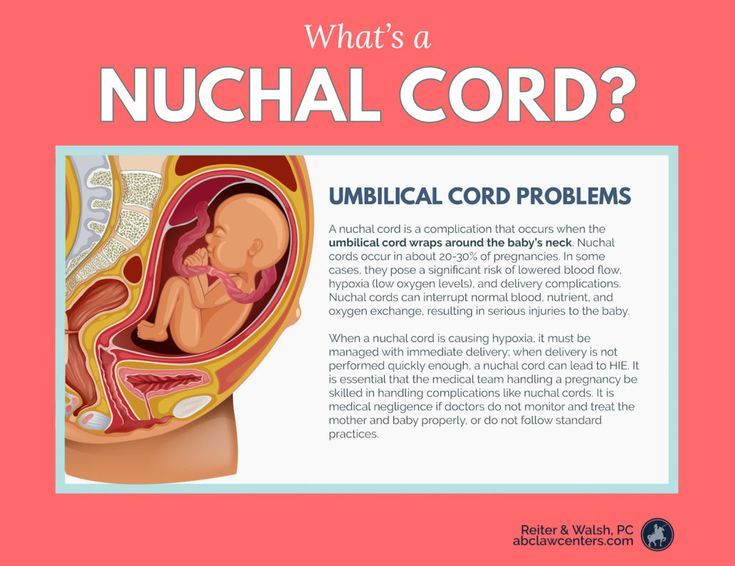 You can bank cord blood if you have a vaginal or cesarean delivery (C-section). Your baby isn't harmed in any way during cord blood collection because no blood is taken directly from them. However, your healthcare provider must know weeks ahead of time if you're donating cord blood.
You can bank cord blood if you have a vaginal or cesarean delivery (C-section). Your baby isn't harmed in any way during cord blood collection because no blood is taken directly from them. However, your healthcare provider must know weeks ahead of time if you're donating cord blood.
When to Call the Doctor
What questions should I ask my healthcare provider about cord blood banking?
Talk to your healthcare provider if you have questions about public vs. private cord blood banking or about the procedure in general. They can provide more information to you and help you make a decision.
Additional Details
Can I keep the umbilical cord if I bank cord blood?
Yes. If you donate cord blood, your baby will still have a small section of their umbilical cord attached to their belly button (navel). This "stump" dries up and falls out on its own between five and 15 days after birth. Some parents keep this piece of the umbilical cord as a keepsake.
Is it worth it to bank cord blood?
Banking your baby's cord blood is a personal decision.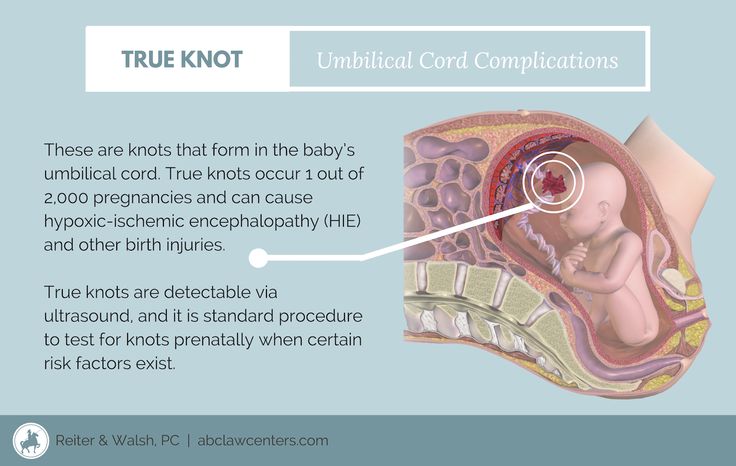 You may decide the expense of storing your baby's cord blood in a private bank makes sense for your family. Or you may decide cord blood banking is a great way to pay it forward and help someone else. Either way, only you and your family can decide what's best. Keep in mind that umbilical cord blood that isn't stored or donated gets thrown away.
You may decide the expense of storing your baby's cord blood in a private bank makes sense for your family. Or you may decide cord blood banking is a great way to pay it forward and help someone else. Either way, only you and your family can decide what's best. Keep in mind that umbilical cord blood that isn't stored or donated gets thrown away.
A note from Cleveland Clinic
Cord blood banking can help someone, including someone in your immediate family, in need of stem cells. Stem cells can be found in your baby's cord blood. Stem cells from cord blood have been shown to help treat many life-threatening conditions like cancer. Research is still being done to determine the benefits of cord blood banking and what diseases it can help treat. Deciding on what to do with your baby's cord blood is a personal choice. Your healthcare provider can help answer any questions you have and help you make the decision that’s best for you.
Umbilical Cord Blood Banking | ACOG
By reading this page you agree to ACOG's Terms and Conditions. Read terms
Read terms
Number 771 (Replaces Committee Opinion Number 648, December 2015)
Committee on Genetics
Committee on Obstetric Practice
This Committee Opinion was developed by the American College of Obstetricians and Gynecologists’ Committee on Genetics in collaboration with committee member Britton Rink, MD, MS; and the Committee on Obstetric Practice in collaboration with committee member Russell S. Miller, MD.
ABSTRACT: Since the first successful umbilical cord blood transplant in 1988, it has been estimated that more than 35,000 transplants have been performed in children and adults for the correction of inborn errors of metabolism, hematopoietic malignancies, and genetic disorders of the blood and immune system. Two types of banks have emerged for the collection and storage of umbilical cord blood: 1) public banks and 2) private banks. The benefits and limitations of public versus private umbilical cord blood banking should be reviewed with the patient because they serve different purposes.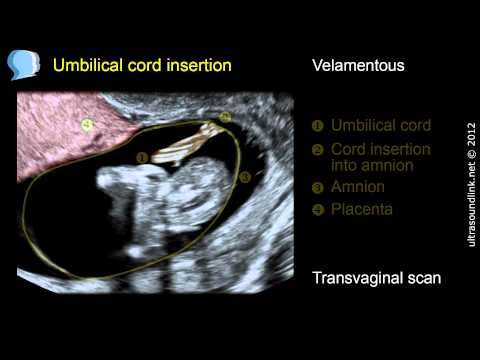 This patient discussion also should include the concept of autologous and allogeneic use of umbilical cord blood. Umbilical cord blood collected from a neonate cannot be used to treat a genetic disease or malignancy in that same individual (autologous transplant) because stored cord blood contains the same genetic variant or premalignant cells that led to the condition being treated. There is no current evidence to support the use of an autologous umbilical cord blood sample in regenerative medicine. Patients should be made aware of the quality control and regulatory organizations that provide oversight for the process of umbilical cord collection and storage. Umbilical cord blood collection should not compromise obstetric or neonatal care or alter routine practice of delayed umbilical cord clamping with the rare exception of medical indications for directed donation. Therefore, it is important to inform patients that the medical condition of the woman or neonate may prevent adequate umbilical cord blood collection.
This patient discussion also should include the concept of autologous and allogeneic use of umbilical cord blood. Umbilical cord blood collected from a neonate cannot be used to treat a genetic disease or malignancy in that same individual (autologous transplant) because stored cord blood contains the same genetic variant or premalignant cells that led to the condition being treated. There is no current evidence to support the use of an autologous umbilical cord blood sample in regenerative medicine. Patients should be made aware of the quality control and regulatory organizations that provide oversight for the process of umbilical cord collection and storage. Umbilical cord blood collection should not compromise obstetric or neonatal care or alter routine practice of delayed umbilical cord clamping with the rare exception of medical indications for directed donation. Therefore, it is important to inform patients that the medical condition of the woman or neonate may prevent adequate umbilical cord blood collection.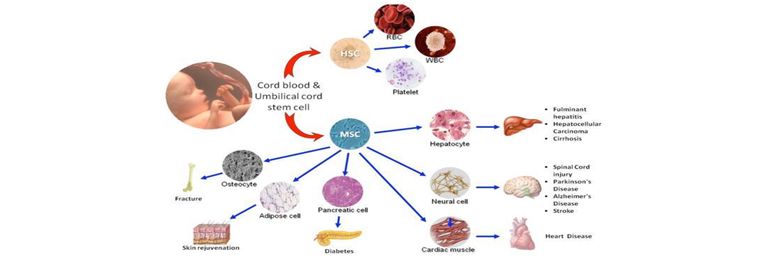 This document is updated with a statement that the routine use of private cord blood banking is not supported by available evidence and that public banking is the recommended method of obtaining cord blood. In addition, the importance of contribution from all ethnicities and races to public banks is highlighted.
This document is updated with a statement that the routine use of private cord blood banking is not supported by available evidence and that public banking is the recommended method of obtaining cord blood. In addition, the importance of contribution from all ethnicities and races to public banks is highlighted.
Recommendations
The American College of Obstetricians and Gynecologists makes the following recommendations regarding umbilical cord blood banking:
Umbilical cord blood collected from a neonate cannot be used to treat a genetic disease or malignancy in that same individual (autologous transplant) because stored cord blood contains the same genetic variant or premalignant cells that led to the condition being treated.
The routine collection and storage of umbilical cord blood with a private cord blood bank is not supported by the available evidence.
The current indications for umbilical cord blood transplantation are limited to select genetic, hematologic, and malignant disorders.

Private umbilical cord blood banking may be considered when there is knowledge of a family member with a medical condition (malignant or genetic) who could potentially benefit from cord blood transplantation.
Public umbilical cord blood banking is the recommended method of obtaining umbilical cord blood for use in transplantation, immune therapies, or other medically validated indications.
Families of all ethnicities and races should consider the societal benefit of public umbilical cord blood donation to increase the availability of matched cord blood units for people of all backgrounds.
Obstetrician–gynecologists and other obstetric care providers should be aware of state and local laws regarding umbilical cord blood banking, including the law in some states that requires physicians to inform patients about umbilical cord blood banking options.
Health care providers with a financial interest in private umbilical cord blood banking should disclose these interests, incentives, or other potential conflicts of interest.
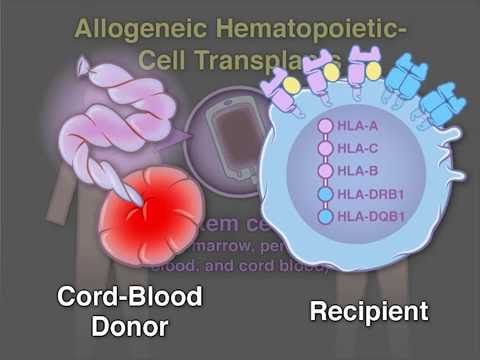
If a patient requests information about umbilical cord blood banking, balanced and accurate information regarding the advantages and disadvantages of public and private umbilical cord blood banking should be provided.
A variety of circumstances may arise during the process of labor and delivery that may preclude adequate collection.
Umbilical cord blood collection should not compromise obstetric or neonatal care or alter routine practice of delayed umbilical cord clamping with the rare exception of medical indications for directed donation.
It is important to inform patients that the medical condition of the woman or neonate may prevent adequate umbilical cord blood collection.
Introduction
Historically, umbilical cord blood had no identified value and was disposed of with the placenta. Umbilical cord blood is now known to contain hematopoietic stem cells that have potential life-saving benefit. When used in hematopoietic stem cell transplantation, umbilical cord blood offers several distinct advantages compared with bone marrow or peripheral stem cells. Biologically, a greater degree of human leukocyte antigen (HLA) mismatch is tolerated by the recipient and the incidence of acute graft-versus-host reaction is decreased when umbilical cord blood is used compared with unrelated donor bone marrow 1 2. The predominant disadvantage of umbilical cord blood use is that there is often a low yield of stem cells acquired per unit. Only 8–12% of umbilical cord blood units have sufficient cell volume for transplant to a person weighing 80 kg (176 lb) 3. However, the use of combined units of umbilical cord blood allows for the expansion of umbilical cord blood volume (and increased number of stem cells) to be used for adult hematopoietic transplants. Since the first successful umbilical cord blood transplant in 1988, it has been estimated that more than 35,000 transplants have been performed in children and adults for the correction of inborn errors of metabolism, hematopoietic malignancies, and genetic disorders of the blood and immune system 4 5.
Biologically, a greater degree of human leukocyte antigen (HLA) mismatch is tolerated by the recipient and the incidence of acute graft-versus-host reaction is decreased when umbilical cord blood is used compared with unrelated donor bone marrow 1 2. The predominant disadvantage of umbilical cord blood use is that there is often a low yield of stem cells acquired per unit. Only 8–12% of umbilical cord blood units have sufficient cell volume for transplant to a person weighing 80 kg (176 lb) 3. However, the use of combined units of umbilical cord blood allows for the expansion of umbilical cord blood volume (and increased number of stem cells) to be used for adult hematopoietic transplants. Since the first successful umbilical cord blood transplant in 1988, it has been estimated that more than 35,000 transplants have been performed in children and adults for the correction of inborn errors of metabolism, hematopoietic malignancies, and genetic disorders of the blood and immune system 4 5. Most patients undergoing umbilical cord blood transplantation are adults who lack a HLA-matched donor 5. Umbilical cord blood stem cells also are being studied in the areas of regenerative medicine and infectious disease. The regenerative potential of transplanted umbilical cord blood stem cells remains an area of research and should be considered only in the setting of an Institutional Review Board-approved protocol.
Most patients undergoing umbilical cord blood transplantation are adults who lack a HLA-matched donor 5. Umbilical cord blood stem cells also are being studied in the areas of regenerative medicine and infectious disease. The regenerative potential of transplanted umbilical cord blood stem cells remains an area of research and should be considered only in the setting of an Institutional Review Board-approved protocol.
Types of Umbilical Cord Blood Banking: Public and Private
Two types of banks have emerged for the collection and storage of umbilical cord blood: 1) public banks and 2) private banks. In general, a private umbilical cord blood bank is a for-profit company that allows storage of umbilical cord blood for personal use. There is an associated cost for collection and storage and no guarantee that the umbilical cord blood from an individual will be useful to treat a medical condition in that same person (autologous umbilical cord blood transfusion) or a family member. In contrast, public umbilical cord blood banks offer gratuitous cord blood banking for individuals who meet the donation requirements. Public banks generally are supported by federal or private funding, which allows them to provide collection and storage at no cost to a family. Unlike private banks, public cord blood banks do not allow directed storage. This allows the umbilical cord blood to be available to all patients for transplant (allogeneic umbilical cord blood transfusion) and not uniquely available to a specific person or family. All collected units of umbilical cord blood must meet rigorous standards of donor screening and infectious disease testing as outlined by the U.S. Food and Drug Administration. Although the FDA does regulate umbilical cord blood differently depending on the source and intended use, private and public umbilical cord blood banks must register with the FDA and comply with tissue-handling requirements. Umbilical cord blood intended for personal use does not require FDA approval before use, although cord blood intended for an unrelated donor must meet additional FDA requirements before use.
In contrast, public umbilical cord blood banks offer gratuitous cord blood banking for individuals who meet the donation requirements. Public banks generally are supported by federal or private funding, which allows them to provide collection and storage at no cost to a family. Unlike private banks, public cord blood banks do not allow directed storage. This allows the umbilical cord blood to be available to all patients for transplant (allogeneic umbilical cord blood transfusion) and not uniquely available to a specific person or family. All collected units of umbilical cord blood must meet rigorous standards of donor screening and infectious disease testing as outlined by the U.S. Food and Drug Administration. Although the FDA does regulate umbilical cord blood differently depending on the source and intended use, private and public umbilical cord blood banks must register with the FDA and comply with tissue-handling requirements. Umbilical cord blood intended for personal use does not require FDA approval before use, although cord blood intended for an unrelated donor must meet additional FDA requirements before use.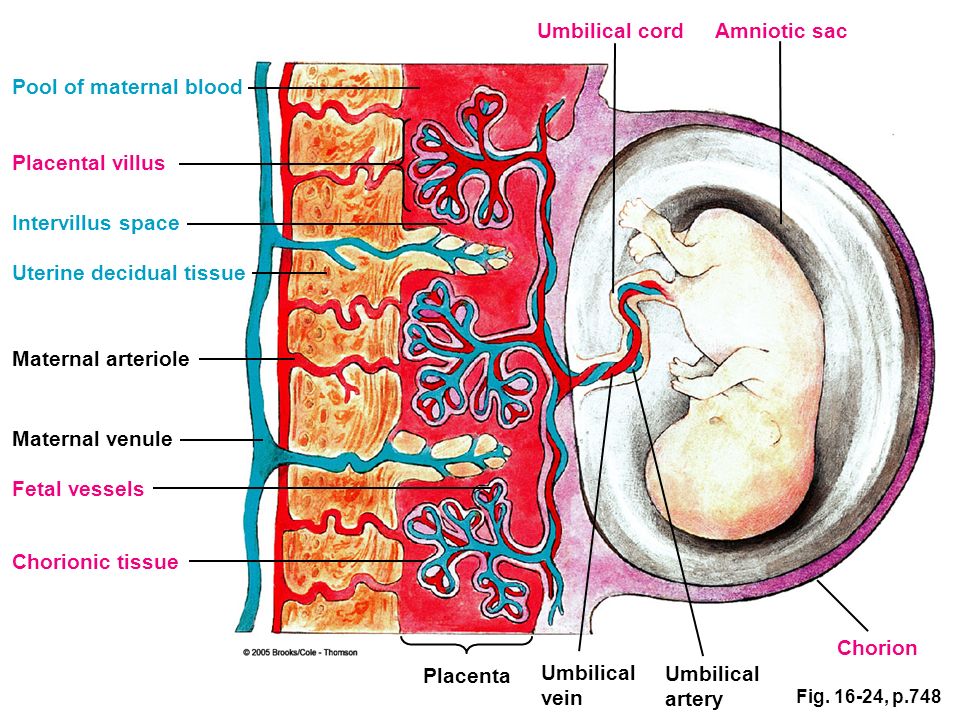 There is no contact between donor and recipient.
There is no contact between donor and recipient.
The benefits and limitations of public versus private umbilical cord blood banking should be reviewed with the patient because they serve different purposes. This patient discussion also should include the concept of autologous and allogeneic use of umbilical cord blood. Umbilical cord blood collected from a neonate cannot be used to treat a genetic disease or malignancy in that same individual (autologous transplant) because stored cord blood contains the same genetic variant or premalignant cells that led to the condition being treated 6 7. The estimated lifetime probability of an individual to develop an indication for autologous umbilical cord blood transplant ranges from 1 in 400 to 1 in 2,500 8 9 10. Private banks advertise directly to consumers and often encourage parents to bank their infants’ umbilical cord blood as a form of “biological insurance” against future disease. Such routine storage of umbilical cord blood for this purpose is not recommended by the American Academy of Pediatrics, given the lack of scientific data to support its use and availability of allogeneic transplantation 6; the American College of Obstetricians and Gynecologists concurs with this recommendation.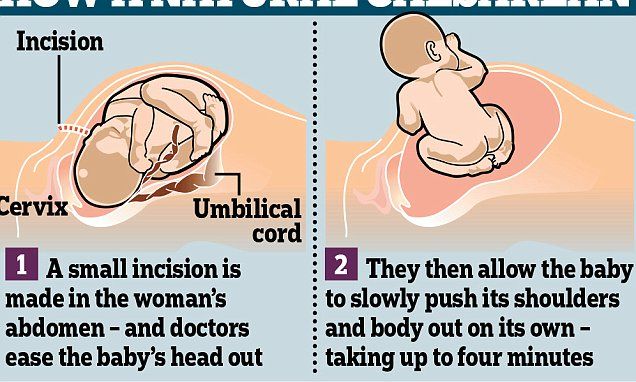 Further, there is no current evidence to support the use of an autologous umbilical cord blood sample in regenerative medicine. The routine collection and storage of umbilical cord blood with a private cord blood bank is not supported by the available evidence 6.
Further, there is no current evidence to support the use of an autologous umbilical cord blood sample in regenerative medicine. The routine collection and storage of umbilical cord blood with a private cord blood bank is not supported by the available evidence 6.
The current indications for umbilical cord blood transplantation are limited to select genetic, hematologic, and malignant disorders. Private umbilical cord blood banking may be considered when there is knowledge of a family member with a medical condition (malignant or genetic) who could potentially benefit from cord blood transplantation. Patients should be made aware of the quality control and regulatory organizations that provide oversight for the process of umbilical cord collection and storage 6 11. Private umbilical cord banks are not subject to the same regulatory mechanisms as public umbilical cord blood banks and may not produce samples that meet the expected standards, with resultant decreased usefulness 12. Health care providers also should review the financial obligation for processing and the annual storage fees related to private and public umbilical cord blood banks.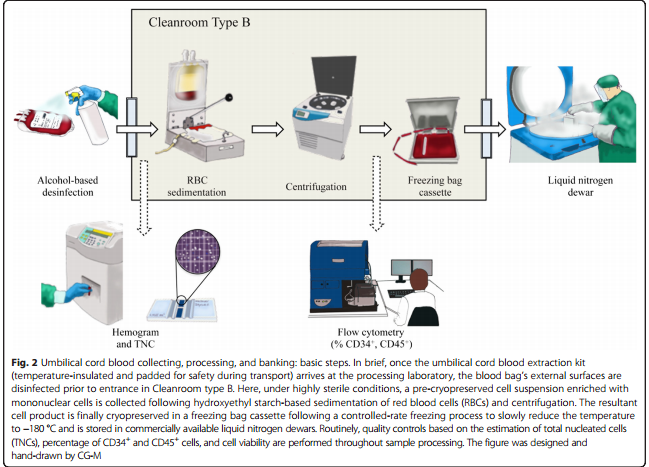
Public umbilical cord blood banking is the recommended method of obtaining umbilical cord blood for use in transplantation, immune therapies, or other medically validated indications 6. There are currently 28 public umbilical cord blood banks identified in North America 13. Public banks promote allogeneic (related or unrelated) donation, which is analogous to the current collection of whole blood units in the United States. The National Marrow Donor Program maintains a list of participating hospitals that work with the network of public umbilical cord blood banks. Every unit of unrelated donor cord blood to be transplanted in the United States must be licensed or covered under an investigational new drug application approved by the FDA 14. Initial HLA typing of these units allows them to be entered into computerized registries so that when the need arises, a specific unit can be rapidly located for a patient. Families of all ethnicities and races should consider the societal benefit of public umbilical cord blood donation to increase the availability of matched cord blood units for people of all backgrounds. Minority populations are significantly underrepresented in public and private banks.
Minority populations are significantly underrepresented in public and private banks.
Collection Technique
To ensure that there will be enough cells for transplantation, at least 40 mL of cord blood must be collected. Collection can be performed before or after removing the placenta. In either case, thorough cleansing of a section of umbilical cord is performed, and blood is obtained from the umbilical vein by venipuncture and allowed to drain by gravity into a bag supplied by the bank. Blood should be collected as soon as feasible after birth to minimize coagulation and maximize volume 15. If the specimen is not sterile or is not of sufficient quantity, the bank will discard it.
Health Care Provider and Patient Information
Obstetrician–gynecologists and other obstetric care providers should be aware of state and local laws regarding umbilical cord blood banking, including the law in some states that requires physicians to inform patients about umbilical cord blood banking options. Health care providers with a financial interest in private umbilical cord blood banking should disclose these interests, incentives, or other potential conflicts of interest.
Health care providers with a financial interest in private umbilical cord blood banking should disclose these interests, incentives, or other potential conflicts of interest.
If a patient requests information about umbilical cord blood banking, balanced and accurate information regarding the advantages and disadvantages of public and private umbilical cord blood banking should be provided. Umbilical cord blood collection is not part of routine obstetric care. A variety of circumstances may arise during the process of labor and delivery that may preclude adequate collection. For example, patients should be aware that delayed umbilical cord clamping significantly decreases the volume and total nucleated cell counts of cord blood donations. Nonetheless, umbilical cord blood collection should not compromise obstetric or neonatal care or alter routine practice of delayed umbilical cord clamping with the rare exception of medical indications for directed donation 16. Therefore, it is important to inform patients that the medical condition of the woman or neonate may prevent adequate umbilical cord blood collection.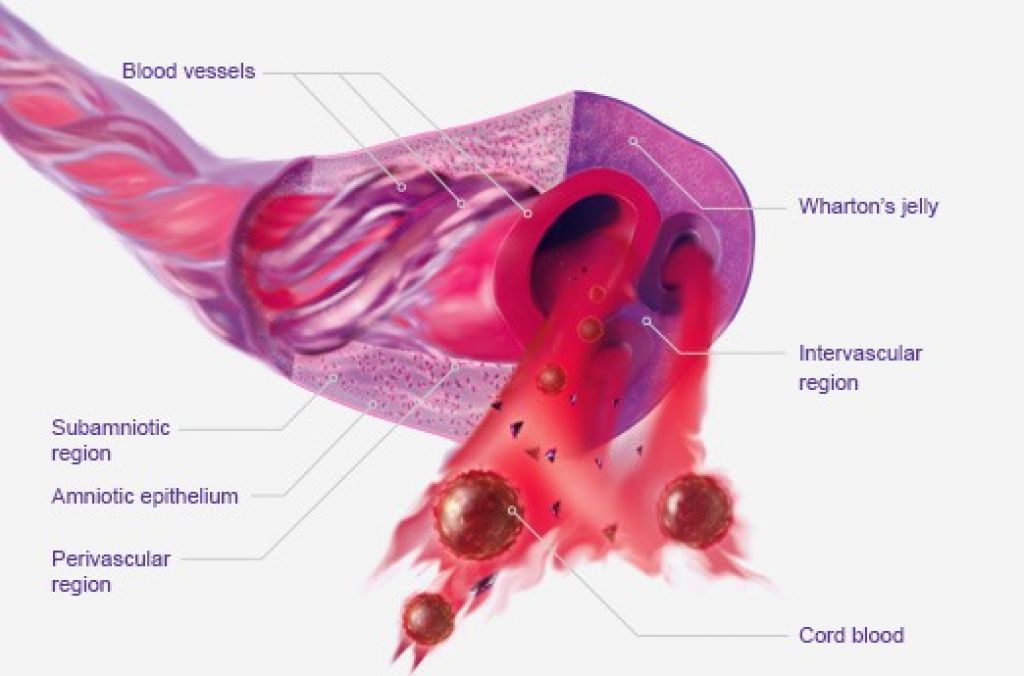
For More Information
The American College of Obstetricians and Gynecologists has identified additional resources on topics related to this document that may be helpful for ob-gyns, other health care providers, and patients. You may view these resources at www.acog.org/More-Info/CordBloodBanking.
These resources are for information only and are not meant to be comprehensive. Referral to these resources does not imply the American College of Obstetricians and Gynecologists’ endorsement of the organization, the organization’s website, or the content of the resource. The resources may change without notice.
References
- Laughlin MJ, Eapen M, Rubinstein P, Wagner JE, Zhang MJ, Champlin RE, et al. Outcomes after transplantation of cord blood or bone marrow from unrelated donors in adults with leukemia. N Engl J Med 2004;351:2265–75.
Article Locations:Article Location
- Rocha V, Labopin M, Sanz G, Arcese W, Schwerdtfeger R, Bosi A, et al.
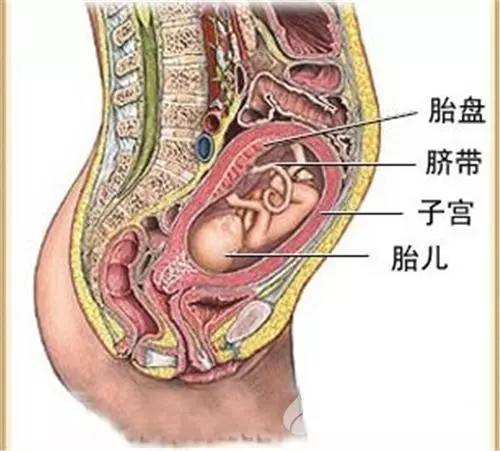 Transplants of umbilical-cord blood or bone marrow from unrelated donors in adults with acute leukemia. Acute Leukemia Working Party of European Blood and Marrow Transplant Group, Eurocord-Netcord Registry. N Engl J Med 2004;351:2276–85.
Transplants of umbilical-cord blood or bone marrow from unrelated donors in adults with acute leukemia. Acute Leukemia Working Party of European Blood and Marrow Transplant Group, Eurocord-Netcord Registry. N Engl J Med 2004;351:2276–85.
Article Locations:Article Location
- Webb S. Banking on cord blood stem cells. Nat Biotechnol 2013;31:585–8.
Article Locations:Article Location
- Ballen KK, Gluckman E, Broxmeyer HE. Umbilical cord blood transplantation: the first 25 years and beyond. Blood 2013;122:491–8.
Article Locations:Article Location
- Munoz J, Shah N, Rezvani K, Hosing C, Bollard CM, Oran B, et al. Concise review: umbilical cord blood transplantation: past, present, and future. Stem Cells Transl Med 2014;3:1435–43.
Article Locations:Article LocationArticle Location
- Shearer WT, Lubin BH, Cairo MS, Notarangelo LD. Cord blood banking for potential future transplantation. Section on hematology/oncology, Section on allergy and immunology.
 Pediatrics 2017;140:e20172695.
Pediatrics 2017;140:e20172695.
Article Locations:Article LocationArticle LocationArticle LocationArticle LocationArticle Location
- Yasuda T, Ueno T, Fukumura K, Yamato A, Ando M, Yamaguchi H, et al. Leukemic evolution of donor-derived cells harboring IDh3 and DNMT3A mutations after allogeneic stem cell transplantation. Leukemia 2014;28:426–8.
Article Locations:Article Location
- Nietfeld JJ, Pasquini MC, Logan BR, Verter F, Horowitz MM. Lifetime probabilities of hematopoietic stem cell transplantation in the U.S. Biol Blood Marrow Transplant 2008;14:316–22.
Article Locations:Article Location
- Johnson FL. Placental blood transplantation and autologous banking--caveat emptor. J Pediatr Hematol Oncol 1997;19:183–6.
Article Locations:Article Location
- Kaimal AJ, Smith CC, Laros RKJr, Caughey AB, Cheng YW. Cost-effectiveness of private umbilical cord blood banking. Obstet Gynecol 2009;114:848–55.
Article Locations:Article Location
- Boo M, Welte K, Confer D.
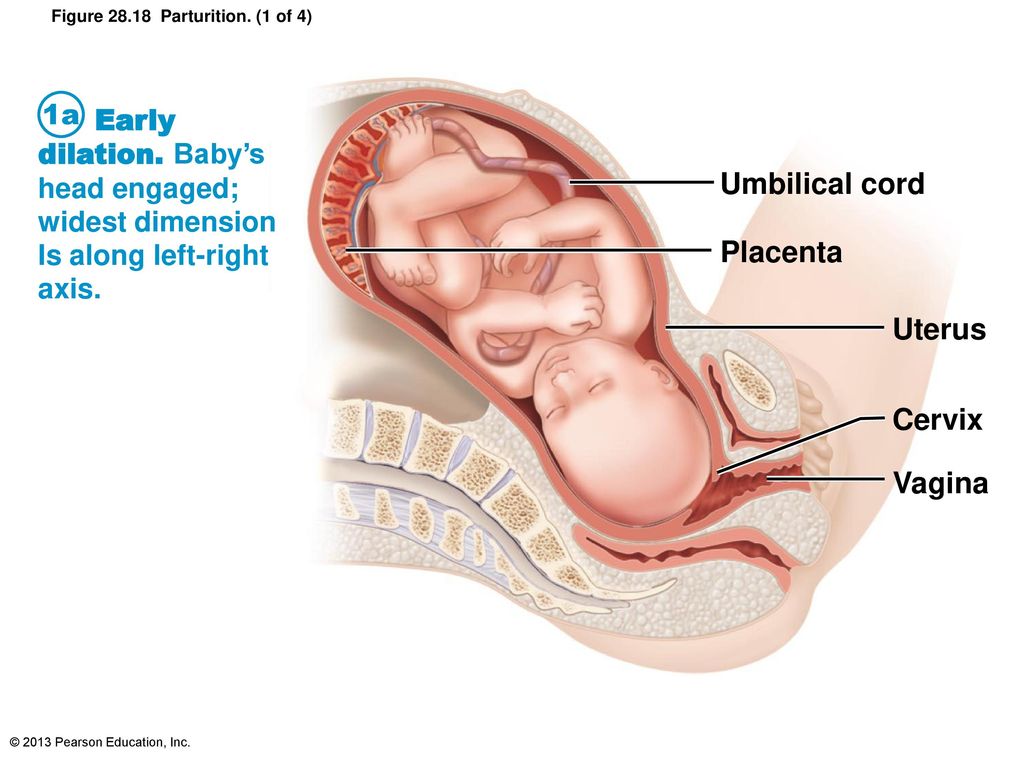 Accreditation and regulation of cord blood banking. In: Broxmeyer HE, editor. Cord blood: biology, transplantation, banking, and regulation . Bethesda (MD): AABB Press; 2011. p. 663–72.
Accreditation and regulation of cord blood banking. In: Broxmeyer HE, editor. Cord blood: biology, transplantation, banking, and regulation . Bethesda (MD): AABB Press; 2011. p. 663–72.
Article Locations:Article Location
- Sun J, Allison J, McLaughlin C, Sledge L, Waters-Pick B, Wease S, et al. Differences in quality between privately and publicly banked umbilical cord blood units: a pilot study of autologous cord blood infusion in children with acquired neurologic disorders. Transfusion 2010;50:1980–7.
Article Locations:Article Location
- Parent's Guide to Cord Blood Foundation. Public cord blood banking. Available at: https://parentsguidecordblood.org/en/public-banking. Retrieved September 26, 2018.
Article Locations:Article Location
- Boo M, Ballen K, Maiers M. Cord blood unit access and selection: 2010 and beyond: best practices and emerging trends in cord blood unit selection. Biol Blood Marrow Transplant 2011;17(suppl 1):S46–51.
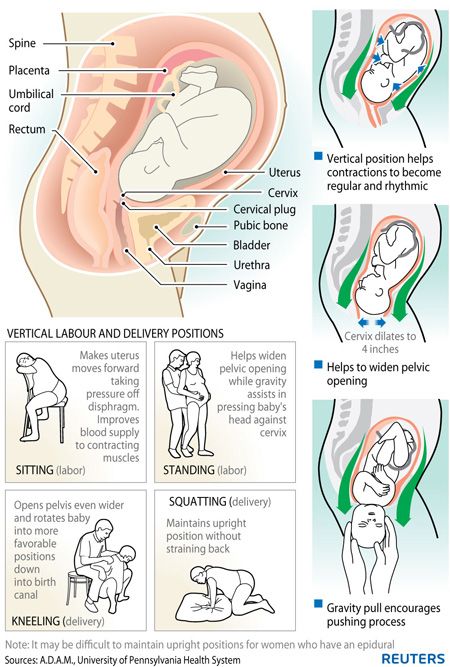
Article Locations:Article Location
- Wong A, Yuen PM, Li K, Yu AL, Tsoi WC. Cord blood collection before and after placental delivery: levels of nucleated cells, haematopoietic progenitor cells, leukocyte subpopulations and macroscopic clots. Bone Marrow Transplant 2001;27:133–8.
Article Locations:Article Location
- Delayed umbilical cord clamping after birth. Committee Opinion No. 684. American College of Obstetricians and Gynecologists. Obstet Gynecol 2017;129:e5–10.
Article Locations:Article Location
Published online on February 21, 2019.
Copyright 2019 by the American College of Obstetricians and Gynecologists. All rights reserved. No part of this publication may be reproduced, stored in a retrieval system, posted on the Internet, or transmitted, in any form or by any means, electronic, mechanical, photocopying, recording, or otherwise, without prior written permission from the publisher.
Requests for authorization to make photocopies should be directed to Copyright Clearance Center, 222 Rosewood Drive, Danvers, MA 01923, (978) 750-8400.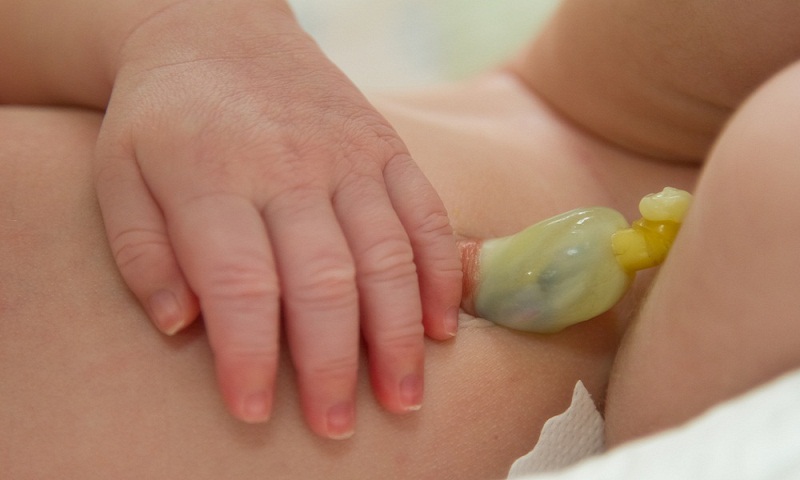
American College of Obstetricians and Gynecologists 409 12th Street, SW, PO Box 96920, Washington, DC 20090-6920
Umbilical cord blood banking. ACOG Committee Opinion No. 771. American College of Obstetricians and Gynecologists. Obstet Gynecol 2019;133:e249–53.
This information is designed as an educational resource to aid clinicians in providing obstetric and gynecologic care, and use of this information is voluntary. This information should not be considered as inclusive of all proper treatments or methods of care or as a statement of the standard of care. It is not intended to substitute for the independent professional judgment of the treating clinician. Variations in practice may be warranted when, in the reasonable judgment of the treating clinician, such course of action is indicated by the condition of the patient, limitations of available resources, or advances in knowledge or technology. The American College of Obstetricians and Gynecologists reviews its publications regularly; however, its publications may not reflect the most recent evidence. Any updates to this document can be found on www.acog.org or by calling the ACOG Resource Center.
Any updates to this document can be found on www.acog.org or by calling the ACOG Resource Center.
While ACOG makes every effort to present accurate and reliable information, this publication is provided “as is” without any warranty of accuracy, reliability, or otherwise, either express or implied. ACOG does not guarantee, warrant, or endorse the products or services of any firm, organization, or person. Neither ACOG nor its officers, directors, members, employees, or agents will be liable for any loss, damage, or claim with respect to any liabilities, including direct, special, indirect, or consequential damages, incurred in connection with this publication or reliance on the information presented.
All ACOG committee members and authors have submitted a conflict of interest disclosure statement related to this published product. Any potential conflicts have been considered and managed in accordance with ACOG’s Conflict of Interest Disclosure Policy. The ACOG policies can be found on acog. org. For products jointly developed with other organizations, conflict of interest disclosures by representatives of the other organizations are addressed by those organizations. The American College of Obstetricians and Gynecologists has neither solicited nor accepted any commercial involvement in the development of the content of this published product.
org. For products jointly developed with other organizations, conflict of interest disclosures by representatives of the other organizations are addressed by those organizations. The American College of Obstetricians and Gynecologists has neither solicited nor accepted any commercial involvement in the development of the content of this published product.
Topics
Age groups Body fluids Clinical laboratory techniques Cordocentesis Fetal blood Fluids and secretions Infant Infant, newborn Pregnancy Specimen handling
The cord blood stem cell storage process
For most parents, cord blood storage is a new experience. The process itself includes the collection, processing and cryopreservation of cord blood and tissue from your baby. At first glance, the process seems complicated. However, the more you learn about the process, the more comfortable you will feel in making the decision for your family, and the more you will realize how much better Cryo-Cell is compared to all other private cord blood banks. For every step of the storage process, Cryo-Cell has carefully researched, developed and selected the best materials, the best methods, and uses the best process to protect blood samples. If you cannot find all the answers to your questions in this article, our specialists are always ready to advise and provide you with additional explanations in order to make it easier for you to make the right choice. nine0003
For every step of the storage process, Cryo-Cell has carefully researched, developed and selected the best materials, the best methods, and uses the best process to protect blood samples. If you cannot find all the answers to your questions in this article, our specialists are always ready to advise and provide you with additional explanations in order to make it easier for you to make the right choice. nine0003
Collection
• Cryo-Cell uses a blood collection kit that does not contain heparin as recommended by the FDA. The specially designed Cryo-Cell blood collection kit has been scientifically proven to be able to hold the necessary conditions for blood preservation for about 30 times longer than kits from other banks (even when exposed to extreme temperatures). The umbilical cord tissues are transported in an antibiotic solution for optimal preservation and protection from bacterial contamination. nine0007 • Cord blood collection begins with your doctor by taking cord blood from your baby's umbilical cord immediately after birth, but usually before the placenta is delivered. The cord tissue is collected after the placenta is delivered. Since this process occurs after the cord has been cut, there is absolutely no pain or risk to the mother or baby during the collection process, as blood is drawn from the cord after the cord has been clamped and cut. Cord blood or tissue collection is absolutely safe for both conventional births and caesarean sections. nine0007 • Maternal blood is also collected during childbirth and tested for certain types of infectious diseases in accordance with federal regulations. And to meet the highest international transplant standards, Cryo-Cell additionally collects and stores maternal blood samples.
The cord tissue is collected after the placenta is delivered. Since this process occurs after the cord has been cut, there is absolutely no pain or risk to the mother or baby during the collection process, as blood is drawn from the cord after the cord has been clamped and cut. Cord blood or tissue collection is absolutely safe for both conventional births and caesarean sections. nine0007 • Maternal blood is also collected during childbirth and tested for certain types of infectious diseases in accordance with federal regulations. And to meet the highest international transplant standards, Cryo-Cell additionally collects and stores maternal blood samples.
• After maternal blood, baby cord blood, and/or cord tissue is collected, parents should call the Cryo-Cell toll-free number listed at the top of the collection kit to have Cryo-Cell send a dedicated medical courier. nine0003
Please note that the moment of delivery is the only opportunity to save your baby's stem cells from cord blood and cord tissue.
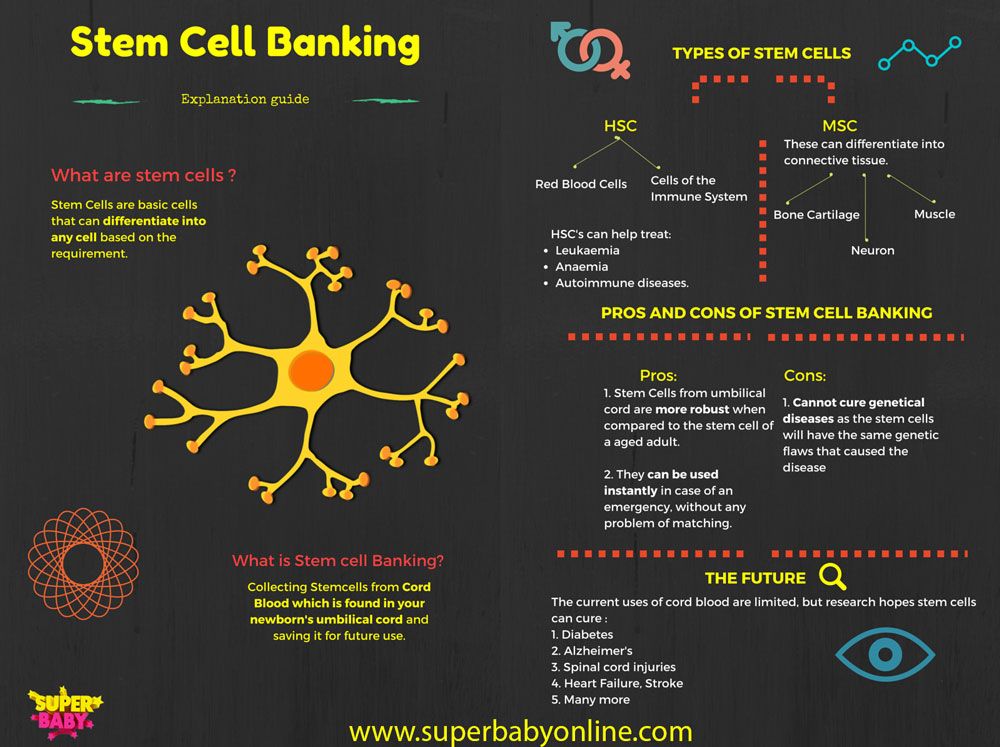
Testing and processing
Typically within 36 to 48 hours of collection, cord blood and tissue is tested, processed and frozen for storage.
• Maternal blood is tested for infectious diseases.
• Each cord blood and tissue is tested for microbiological contamination. nine0003
• For maximum stem cell recovery, Cryo-Cell Laboratory technologists isolate stem cells from cord blood using PrepaCyte ® CB, the most advanced processing technology in the field. This method removes up to 99% of red blood cells and restores the largest number of units capable of forming colonies, which are stem cells.
• Since most recent cutting-edge research has shown that regenerative medicine is most effective when combining different types of stem cells, Cryo-Cell preserves cord tissue completely to preserve all cell types. nine0003
Extreme cold storage
Both cord blood and tissue are further processed to protect against cross-contamination during storage.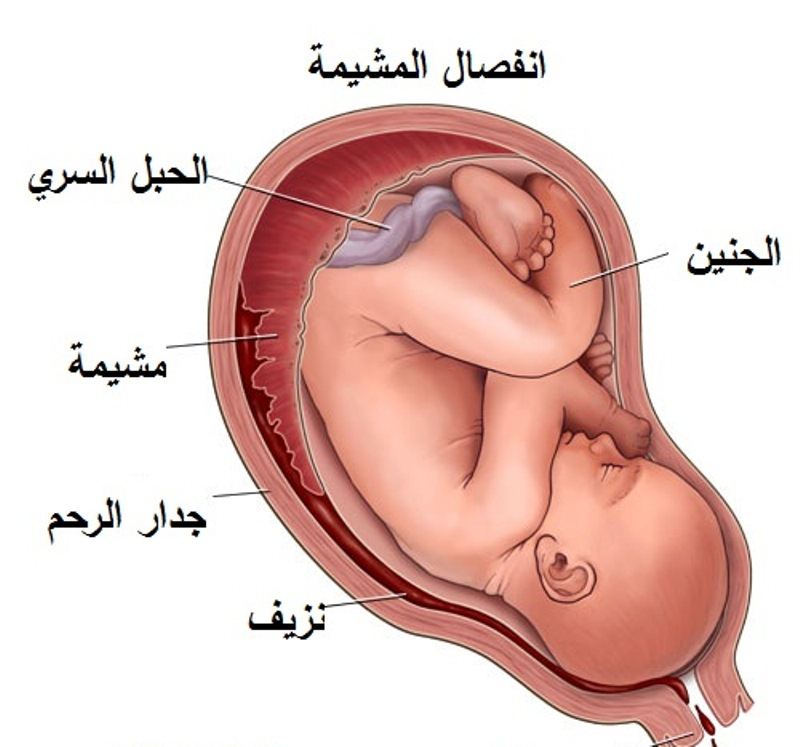
• All samples are stored in liquid nitrogen vapor phase for cryogenic preservation, at a constant temperature of ~-196 Celsius.
• Storage bags have several removable segments and are used to facilitate cryopreservation and are potentially needed for further compatibility testing and testing. nine0003
• The vaults have the following features:
Built like a reinforced bunker to withstand the worst natural disasters
Continuously monitored to ensure safety and maintain proper storage conditions
Equipped with all necessary infrastructure
is currently a Cryo-Cell the only private cord blood bank that takes the following steps in line with the highest international transplant standards in order to secure more future testing samples for its customers:
• Collects and stores additional maternal blood
• Stores residual plasma and erythrocytes that are normally discarded by other cord blood banks
These measurements are made to facilitate possible future needs for transplantation, and in anticipation of possible future changes in medical science.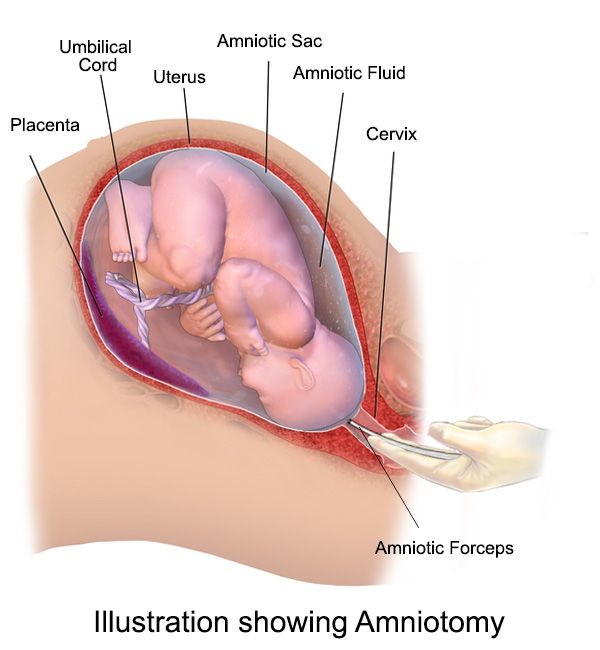 Here is an example from a growing list of how your family can benefit from this unique Cryo-Cell service without using the main stored blood:
Here is an example from a growing list of how your family can benefit from this unique Cryo-Cell service without using the main stored blood:
• Additional transplant eligibility criteria (HLA antigens) are established by regulatory authorities.
• Early detection of new infections and early testing will prevent transplantation of infected cells if the cells are transplanted to a related donor.
• Genetic testing is necessary for the mother or child.
• In the event that a child is sick, it is always useful to know if the illness is from the mother or from the child at birth.
• When misidentifications occur, such as hospital errors or doubts about test results, tests can be easily run and rechecked. nine0003
It is believed that stem cells can be successfully stored almost forever and remain viable after thawing. A recent study of cord blood stem cells at Indiana University showed viability after 23.5 years of cryogenic storage.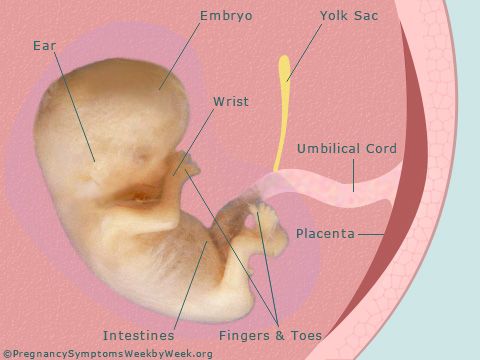 In addition, human bone marrow and cells have been preserved for many decades and remain viable and there is no reason to believe that the same would not be true for stem cells from cord blood and tissue. nine0003
In addition, human bone marrow and cells have been preserved for many decades and remain viable and there is no reason to believe that the same would not be true for stem cells from cord blood and tissue. nine0003
Cryo-Cell Certificate
Within 6-8 weeks of collection, your family will receive a certificate of ownership. The certificate reflects the results of tests and processing, including the total number of stem cells that are cryopreserved and stored in Cryo-Cell.
All information presented on the site in Russian is for reference only and cannot be used for medical or other purposes. nine0085
- 01.
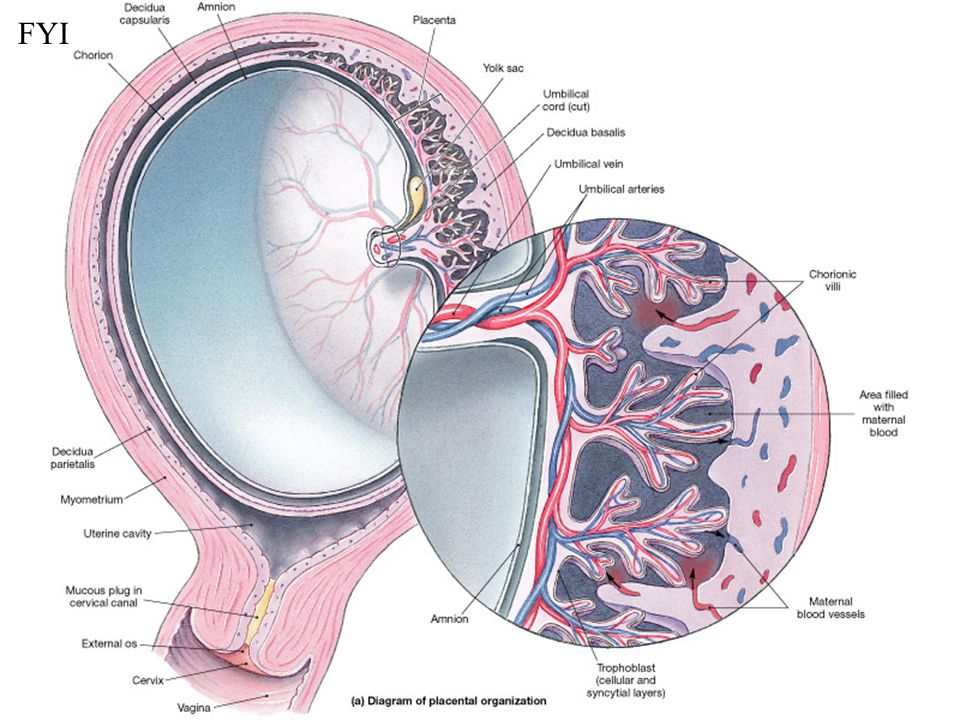 03. 2019
03. 2019
Many women, even as adults, are consciously guided by the opinion of their mother, especially in need of her approval and support. To what extent do mothers determine the fate of their daughters? How should relationships develop with the closest person? Photographer Raisa Mikhailova is looking for answers to these and other questions in the project "Umbilical Cord" nine0003
Eleven years have passed since my mother's death, and now I understand that I had a really fantastic childhood. But I felt unhappy all the time. Largely due to the fact that a very bright mother. Very bright, light, ironic person. She was simply awesome. Such a characteristic dream: I am lying in the hospital, and I dream that my mother comes to the window and smiles - and this is the sun, in fact!
My friends came, they immediately fell in love with my mother.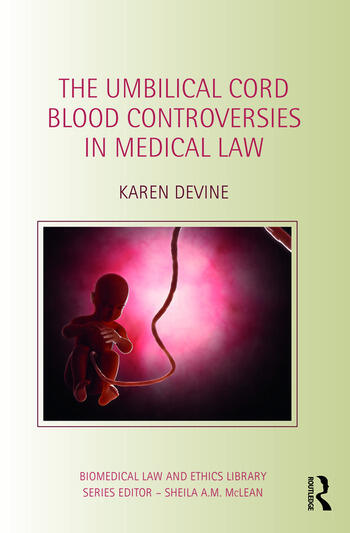 Well, who is Masha? Masha is the daughter of Tatyana Nikolaevna. This is a non-existent person. And those who communicated with me, they communicated as with some kind of repetition, a projection .... nine0003
Well, who is Masha? Masha is the daughter of Tatyana Nikolaevna. This is a non-existent person. And those who communicated with me, they communicated as with some kind of repetition, a projection .... nine0003
I thought the mother-son relationship was more complicated. It turned out, on the contrary, everything. Why? Don't know. Mother and daughter are like two cats in a house. She outlived my men: if this is her daughter, then she is, in principle, a princess and no one is worthy of her. I think, in many respects because of this, my family life did not work out. Another thing, of course, if the peasants were stronger.
Mom was imprisoned under article 190 (article 190 of the Criminal Code of the RSFSR 1960 - “Dissemination of deliberately false fabrications discrediting the Soviet state and social system” - note TD ) in 1983. I had just given birth to my eldest son. She was sent to the Chita region, and in this connection I was expelled from Stroganov, where I studied.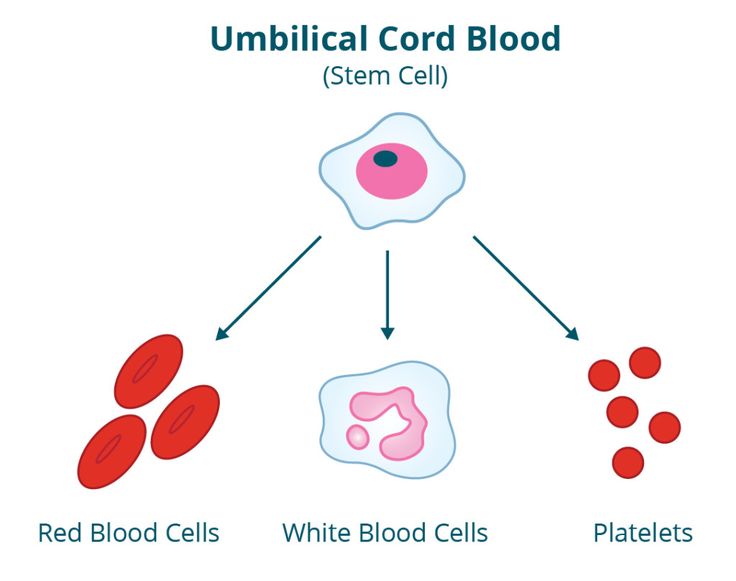 A small child in her arms, if not for her grandmother, it would have been bad in general. I got a job as a plumber in three days. I was told that you will never be an artist. But I was stubborn, fanatical… these three non-working days stupidly pulled up the drawing, because my drawing was weaker than painting.
A small child in her arms, if not for her grandmother, it would have been bad in general. I got a job as a plumber in three days. I was told that you will never be an artist. But I was stubborn, fanatical… these three non-working days stupidly pulled up the drawing, because my drawing was weaker than painting.
Can I blame my mother for what happened to me? On the other hand, if it had not happened, I would not have become what I am. And I, in general, suit myself - by and large. nine0003
Victoria, 41 years old. Lawyer. Not married, has a daughter
My mother has a strong personality that determines everything in general. And what should I do in my adult life, she also determined. And despite the fact that I really wanted to finish the eleventh grade, to enter the Moscow State University for the philological faculty, my mother said: “No, this will never feed you in your life, you will sit somewhere as a librarian,” and after the ninth grade she found a law school for me.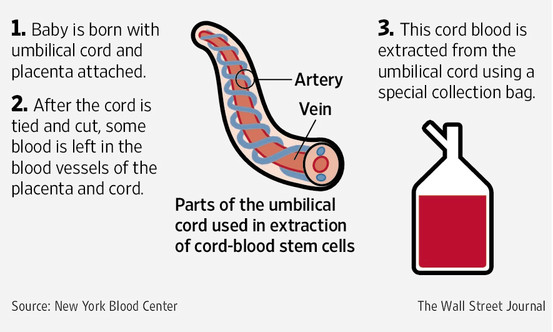 college, thus guiding the rest of my life.
college, thus guiding the rest of my life.
And I, like a wind-up, for many, many, many years, followed this very path. Sometimes - during some difficult period or during a vacation, or meeting with creative people, journalists, writers, I thought: “How can I, I can, I, too ...” I spent a number of years with the feeling that everything is wrong, wrong, it's not my choice. And only, probably, two or three years ago, I realized: my mother’s decision was the right one: at that moment, in those conditions, in that life situation, it was absolutely correct and the only possible one. nine0003
I forgave her. For everything in my life. Until that moment, I did everything either gradually, under the influence, at the behest of my mother, or severely contrary to it. Only through forgiveness did I manage, probably, to grow up, somehow break away. And our relationship immediately improved, everyone stood in his place. I am in the place of an adult daughter, she is in the place of a loving mother.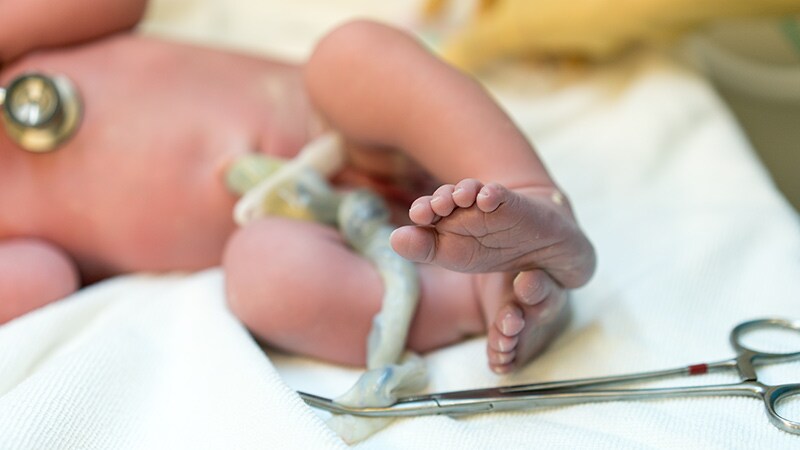
Ekaterina, 48 years old. A housewife. Married, has three sons and a daughter
My mother loves to talk with some special rapture: when I was born, I was so terrible that she could not turn her tongue to call me a beautiful name Victoria, which she really liked ...
I was afraid for a long time that I was an adopted child. I was directly afraid very much that in fact I was not native. Here is the love of my grandmother, I remember how good and comfortable I was with my grandmother. I don’t remember this feeling with my mother, I was all the time kind of ruffled, wary, scared.
I was never able to love and accept myself. My desires are still forbidden for me, I apologize all the time for what I do, what I want. Although it's funny, because I'm almost fifty years old. Why should I apologize, for example, that I love to knit? And I'm sorry.... nine0003
I try not to make decisions for my children. I'm afraid to decide anything for them. Because everything was decided for me.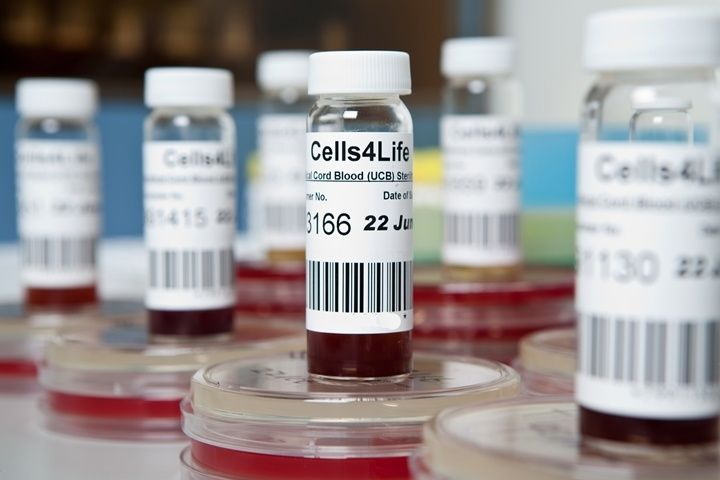 And it seems to me that I even go too far. I still brought up the elder, as they say, “according to her”. And what I did for him did not lead to anything good. Now I try to withdraw as much as possible, I try to support the desires of my children, even when I internally may not agree with them. My mother's love could not be earned, no matter how hard I tried. Although it is strange - mother's love is given at birth, just like that ... But not in our case. It hasn't gone away, I'm still trying to prove to her that I'm a good girl. nine0003
And it seems to me that I even go too far. I still brought up the elder, as they say, “according to her”. And what I did for him did not lead to anything good. Now I try to withdraw as much as possible, I try to support the desires of my children, even when I internally may not agree with them. My mother's love could not be earned, no matter how hard I tried. Although it is strange - mother's love is given at birth, just like that ... But not in our case. It hasn't gone away, I'm still trying to prove to her that I'm a good girl. nine0003
Yanina, 28 years old. Teacher of Russian language and literature. Not married, no children
Mom is something that educates, mom is always a person who lives as it should. Mom says: "I like everything to be right, everything to be on time." I answer her: "Well, what's the difference, I also have time for everything," another thing is that I do everything at the last moment. "Here, you're doing it wrong" - I'm doing everything wrong...
My father died at 42, the same year as my grandmother, who raised me.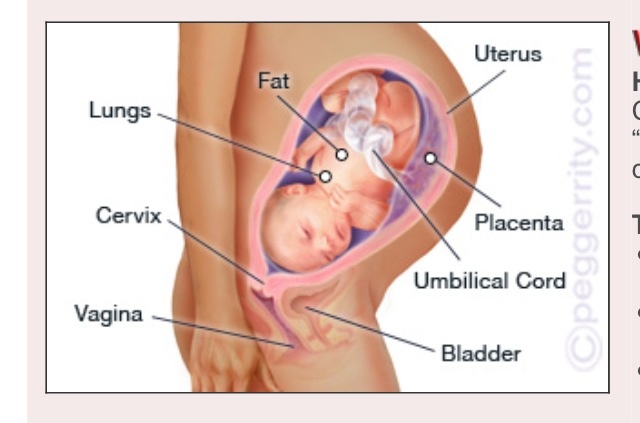 And my mother never remarried. And my mother’s strength of character is such that she said to herself - she must raise her daughter ... This “should raise” - shackles on my legs and handcuffs on my hands. Because, now, let go, when you are already an adult, let go, you already have to breathe on your own - and does not let go. nine0003
And my mother never remarried. And my mother’s strength of character is such that she said to herself - she must raise her daughter ... This “should raise” - shackles on my legs and handcuffs on my hands. Because, now, let go, when you are already an adult, let go, you already have to breathe on your own - and does not let go. nine0003
Despite the fact that my mother and I have a good relationship, we constantly call each other, I hang out with her at the dacha, I always wanted and still want to be different from her! If some people think - what would my mother do, and do the same, then I really think - here, my mother would do this, and I will do it differently. And sometimes, with horror, I catch myself on the fact that it still doesn’t work out differently, and no matter how you turn it, for all its dissimilarity, it crawls out somewhere ....
This life comes from the opposite, that I'm not like her - no tragedy, of course, but it's quite hard to live like this. On the other hand, it is precisely because my mother always puts herself so hard that I have developed such a character - for me there are no authorities that just appear out of nowhere.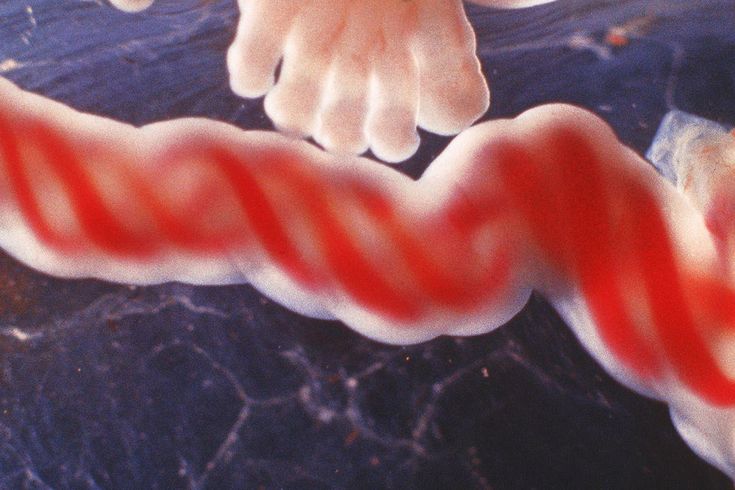 I need some evidence, which I understand, why I should accept this person as authoritative. There is also a certain tragic situation here, because it gives rise to conflicts, and on the other hand, inner freedom is, in general, a rather valuable acquisition. nine0003
I need some evidence, which I understand, why I should accept this person as authoritative. There is also a certain tragic situation here, because it gives rise to conflicts, and on the other hand, inner freedom is, in general, a rather valuable acquisition. nine0003
Katerina, 29 years old. Photographer. Not married, no children
I lived very little with my mother. In my childhood, I lived with my grandparents, my father died quite early, in connection with which my mother worked, I was afraid of my mother to hell. Despite the fact that, in principle, she is a cool and downhole aunt, but she is such a perfectionist that it seemed to me that she perceived me as her project. I dressed the way she wanted, I said what she wanted, I was silent when she wanted, I, in general, did not like her very much. nine0003
I left home at eighteen and never came back. But from that moment I realized: doing everything against my mother is just as stupid as doing everything “according to her”. I began to rather harshly reject what I could not accept, and agree with her in things that were not fundamental to me. She apparently did the same. And with such a stick and a carrot, we gradually came to a rather cool relationship. We no longer lived together, but for many, many years my mother and I were business partners, she is engaged in my filming, she devoted herself completely to me and began a new, interesting life. This is a cool alignment, we both understand that while we are good together, we are together, and both make terrible concessions for each other in order to maintain this fragile, fragile balance. nine0003
I began to rather harshly reject what I could not accept, and agree with her in things that were not fundamental to me. She apparently did the same. And with such a stick and a carrot, we gradually came to a rather cool relationship. We no longer lived together, but for many, many years my mother and I were business partners, she is engaged in my filming, she devoted herself completely to me and began a new, interesting life. This is a cool alignment, we both understand that while we are good together, we are together, and both make terrible concessions for each other in order to maintain this fragile, fragile balance. nine0003
If I ever have children, they will be "my mother's children" and everyone is ready for it. No, maybe I will change diapers, no one is immune from this! But - there is a mother who wants to do this and who will be happy to do it ... My young man and I are ready to provide everything financially, and I, of course, will be happy to take the children to shoots, to parties, to the beach, to the mountains, for picnics. But, most likely, it will be in the same format as my mother did: my grandparents did my lessons. nine0003
But, most likely, it will be in the same format as my mother did: my grandparents did my lessons. nine0003
Irina, 56 years old. Usher. Married, has a son and a daughter
I am the eldest daughter in the family and have always felt some responsibility for my sister, who is six years younger than me. And my mother joyfully, in my opinion, took care of my sister on me. And now I'm seven, I remember my feelings - I carry a rather weighty little sister around the apartment and worry only about doing everything right and for my mother to praise me.
And with praise, she was always very tense. Whatever I did, all my life it was taken for granted. I studied well, I graduated from school with a gold medal, entered the institute, and all this was as it should be. Mom never said: “What a clever girl you are!” She never called me Irina, at best Irina. nine0003
My mother, of course, got hurt in life, she herself is from a village, from a large family - at first they were dispossessed, exiled, then her father died, and her mother was left alone with five children.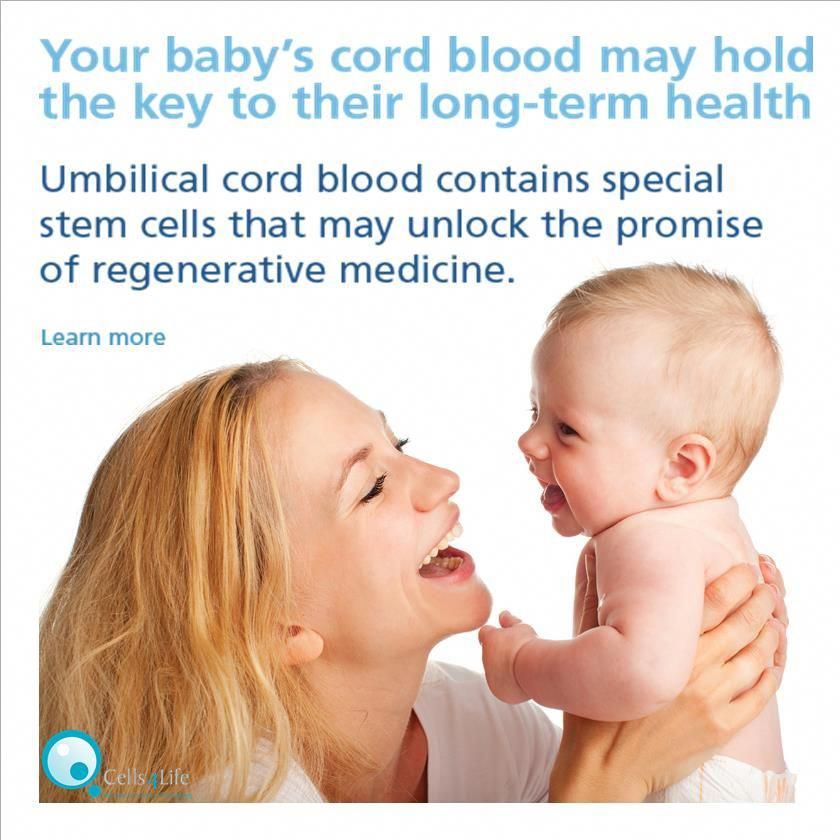 Perhaps that is why, as it seems to me now, my mother was strict about raising her own children. Although she certainly singled out my little sister, that one was her favorite, and still is. And here already worked, apparently, my jealousy. For a long, long time, this all accumulated in me. It feels like I have to constantly prove to my mom that I'm good too. nine0003
Perhaps that is why, as it seems to me now, my mother was strict about raising her own children. Although she certainly singled out my little sister, that one was her favorite, and still is. And here already worked, apparently, my jealousy. For a long, long time, this all accumulated in me. It feels like I have to constantly prove to my mom that I'm good too. nine0003
My daughter helped me a lot to understand my mother. Once she said a phrase that seemed to open my eyes: “Have you ever tried to feel sorry for your mother? After all, she was also small, and there were many children in the family, and her mother, too, was not up to praise, probably ... ”And maybe this is really the key to everything, because you need to praise the children, tell them how we we love how proud we are of them, and then, perhaps, something will be different. I really try to praise my grandson now. For every little achievement. For the fact that he played the violin well, for the fact that he succeeded in something that did not work out, and even just to tell him once again that he is my sunshine! nine0003
And it would seem how old I am and how old my mother is.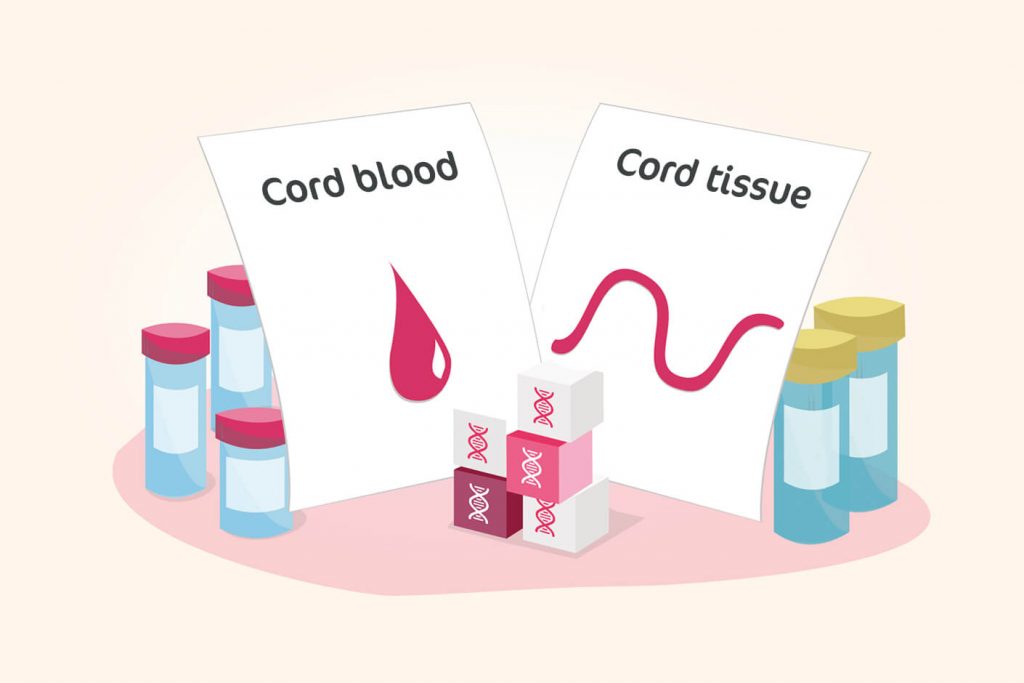 And the strangest thing is that it’s so hard for me to go up to her and hug her - not about it, but just to hug, to say: “I love you” - it’s so hard for me. Very hard. I don't even know why. It would seem that she is my own mother, I have no other mother. But it happened.
And the strangest thing is that it’s so hard for me to go up to her and hug her - not about it, but just to hug, to say: “I love you” - it’s so hard for me. Very hard. I don't even know why. It would seem that she is my own mother, I have no other mother. But it happened.
Elena, 44 years old. Economist. Married, two sons
As a child, my friends said that I had the best mother, they loved to visit us at home, they said that she was the kindest, coolest, and I absolutely shared their opinion. Until I became interested in psychology: I was twenty-four years old when I began to go to psychological groups with a psychotherapist. There I listened to the stories of girls who did not have a relationship with their mother, felt sorry for them and thought: “Here, my childhood is the best, the happiest that can be.” And after completing the course, and plunging into it, I suddenly realized: it was not the best and happiest. nine0003
My father died when I was four and I don't remember him.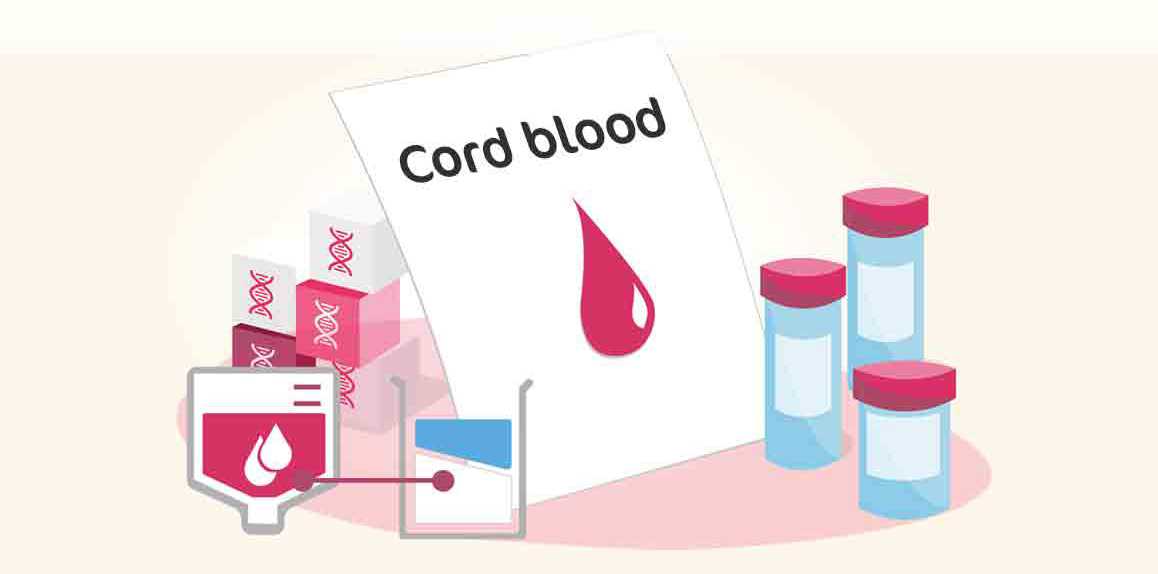 With my mother, we had such an absolute symbiosis, a merger. Now, analyzing, I understand that I was very vulnerable in these relationships. It turns out that I, as a person, was not in them, because everything that happened, I measured with my mother's ruler. It was important how mom thinks about it, what mom feels. I couldn’t afford it - yes, I didn’t have any thoughts that I could feel somehow differently than she, that I could evaluate events differently than my mother evaluates. Her personality was so all-encompassing to me that it seems to me that it was her, and not me. nine0003
With my mother, we had such an absolute symbiosis, a merger. Now, analyzing, I understand that I was very vulnerable in these relationships. It turns out that I, as a person, was not in them, because everything that happened, I measured with my mother's ruler. It was important how mom thinks about it, what mom feels. I couldn’t afford it - yes, I didn’t have any thoughts that I could feel somehow differently than she, that I could evaluate events differently than my mother evaluates. Her personality was so all-encompassing to me that it seems to me that it was her, and not me. nine0003
At some point, when I was already married, I a priori committed a wrong action and told her about it: “Mom, I will do this, even if you think it is wrong.” And then my mother very sharply, in an ultimatum, declared: either you do what you should, as I tell you, or you will never see me again. It was tough. But I did what I wanted, my mother didn’t talk to me for a long time, but she didn’t fulfill her threat, everything came to naught, we didn’t discuss it anymore.